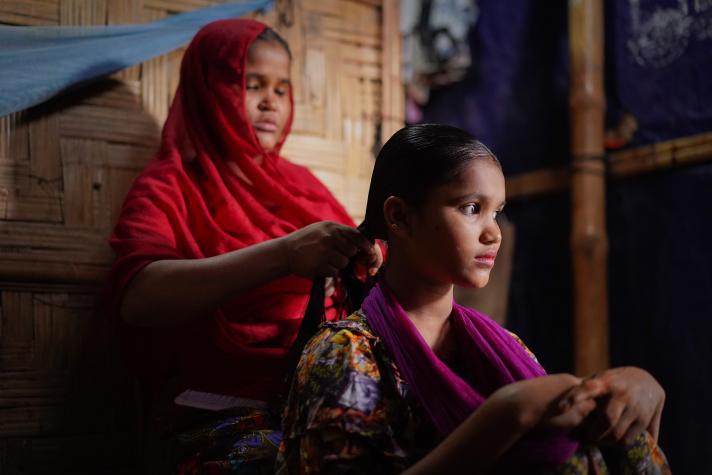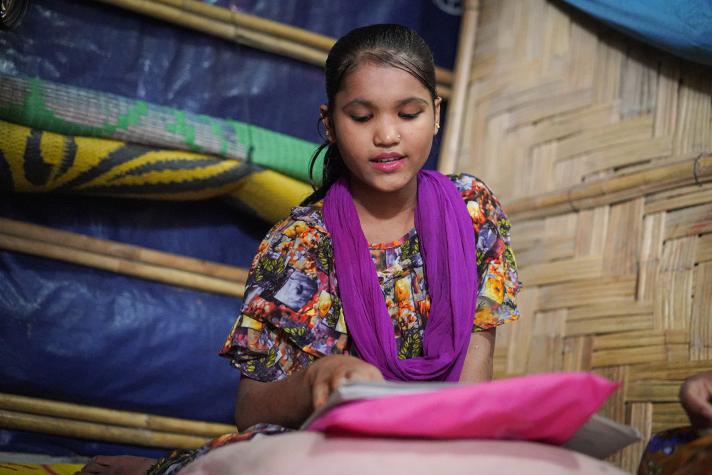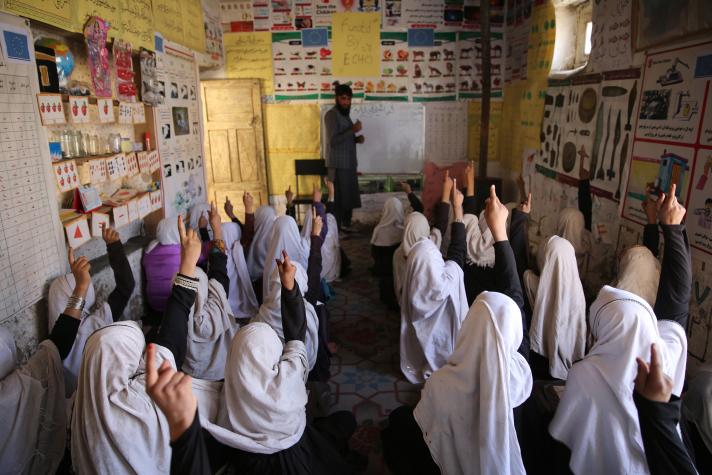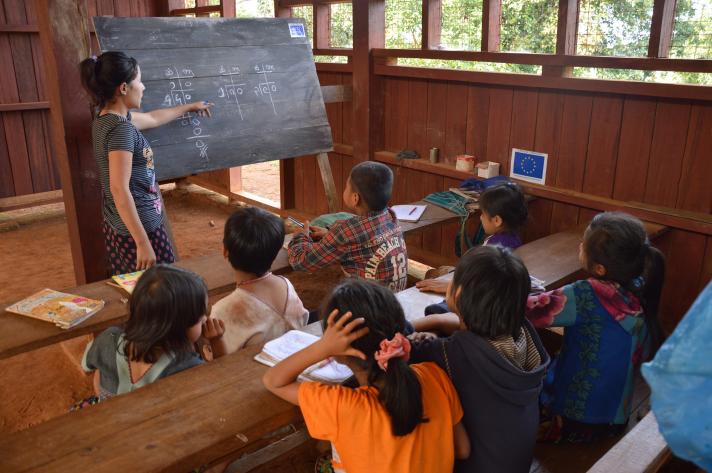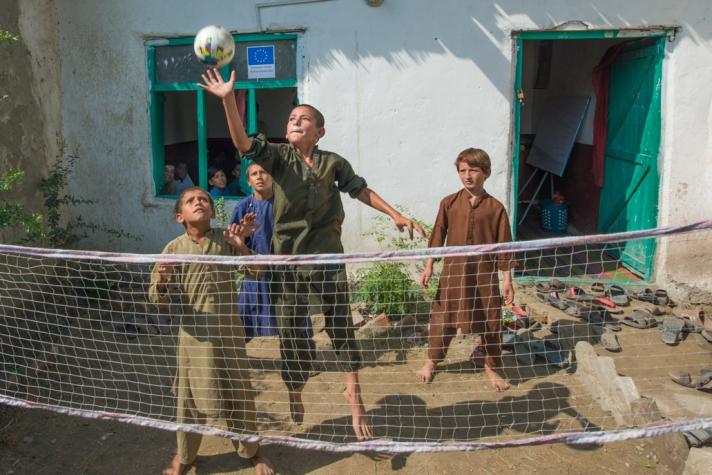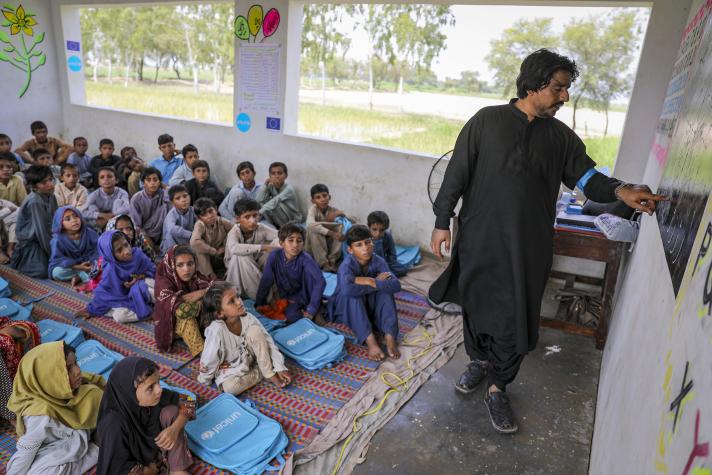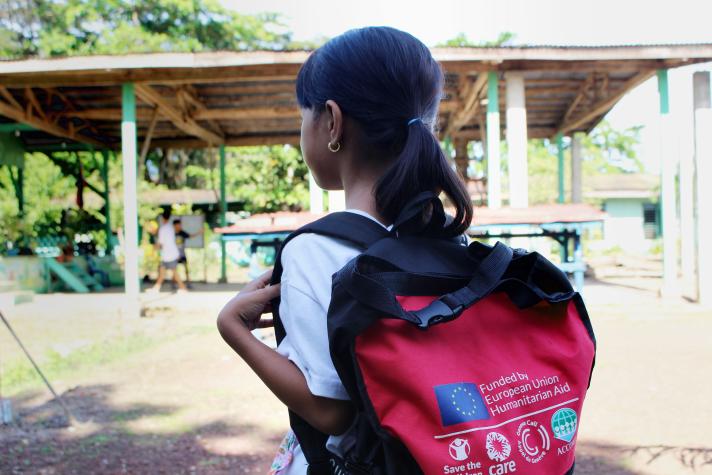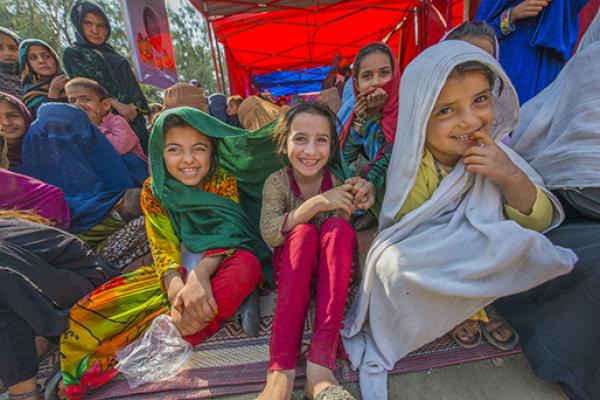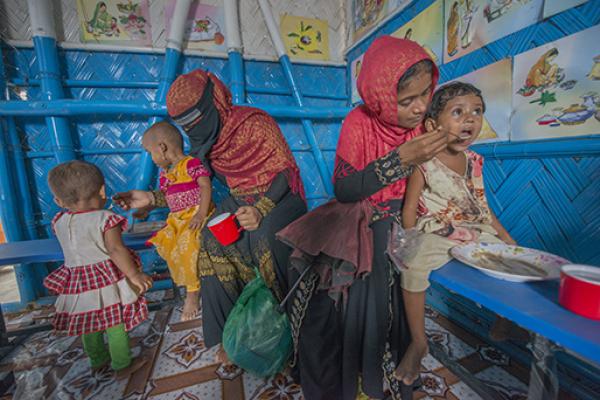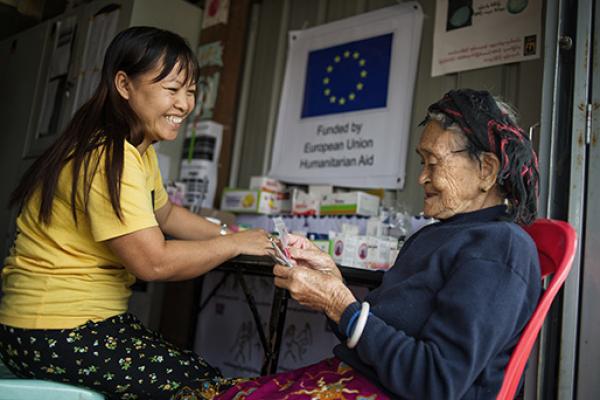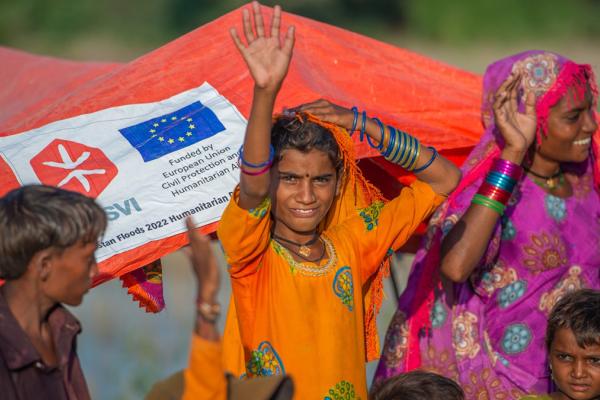Every child has the right to an education. But in the Asia-Pacific region, many children who should be in school are still not. The reasons are manifold and complex, ranging from poverty and the lack of schools to conflict and natural hazards.
The European Union works closely with humanitarian partners across Asia and the Pacific to ensure they have access to quality education – even in emergency settings. Explore some of our initiatives to help children learn in the region through striking images.

